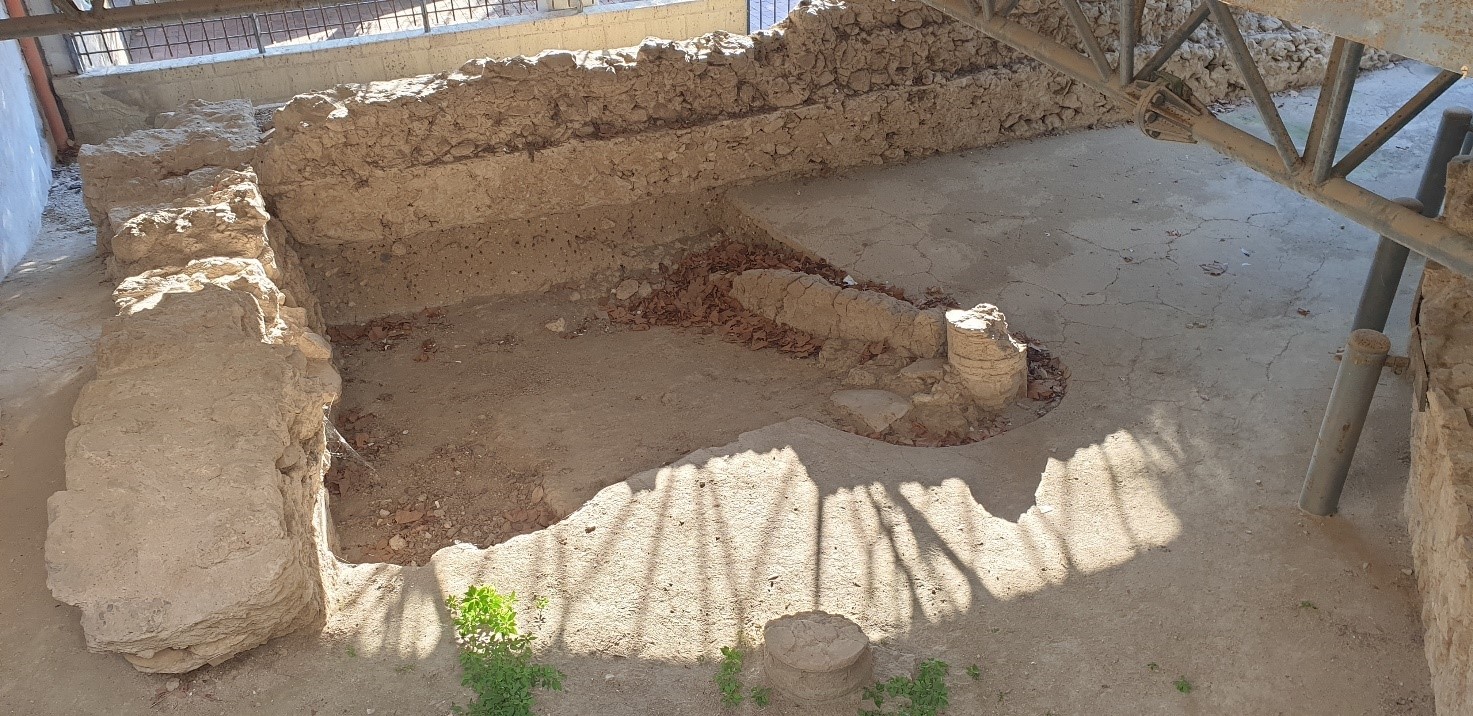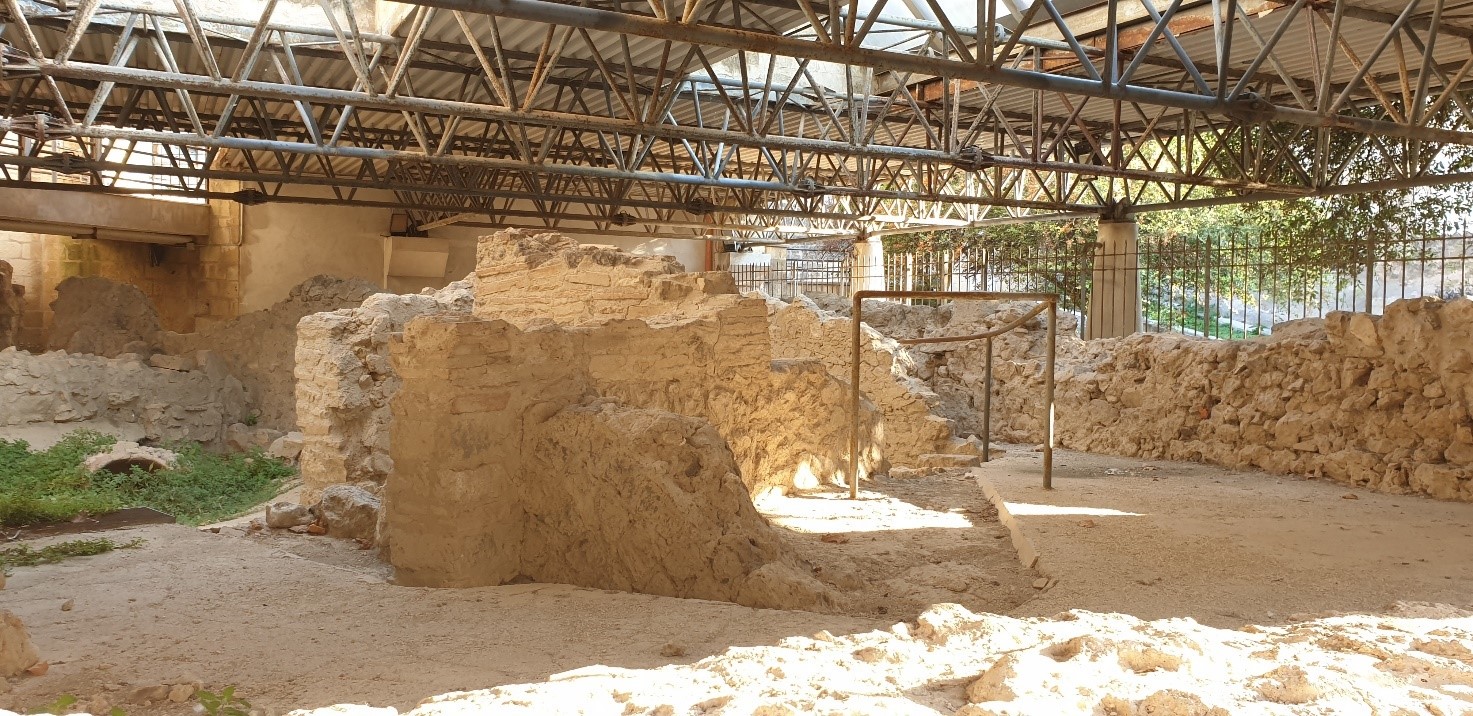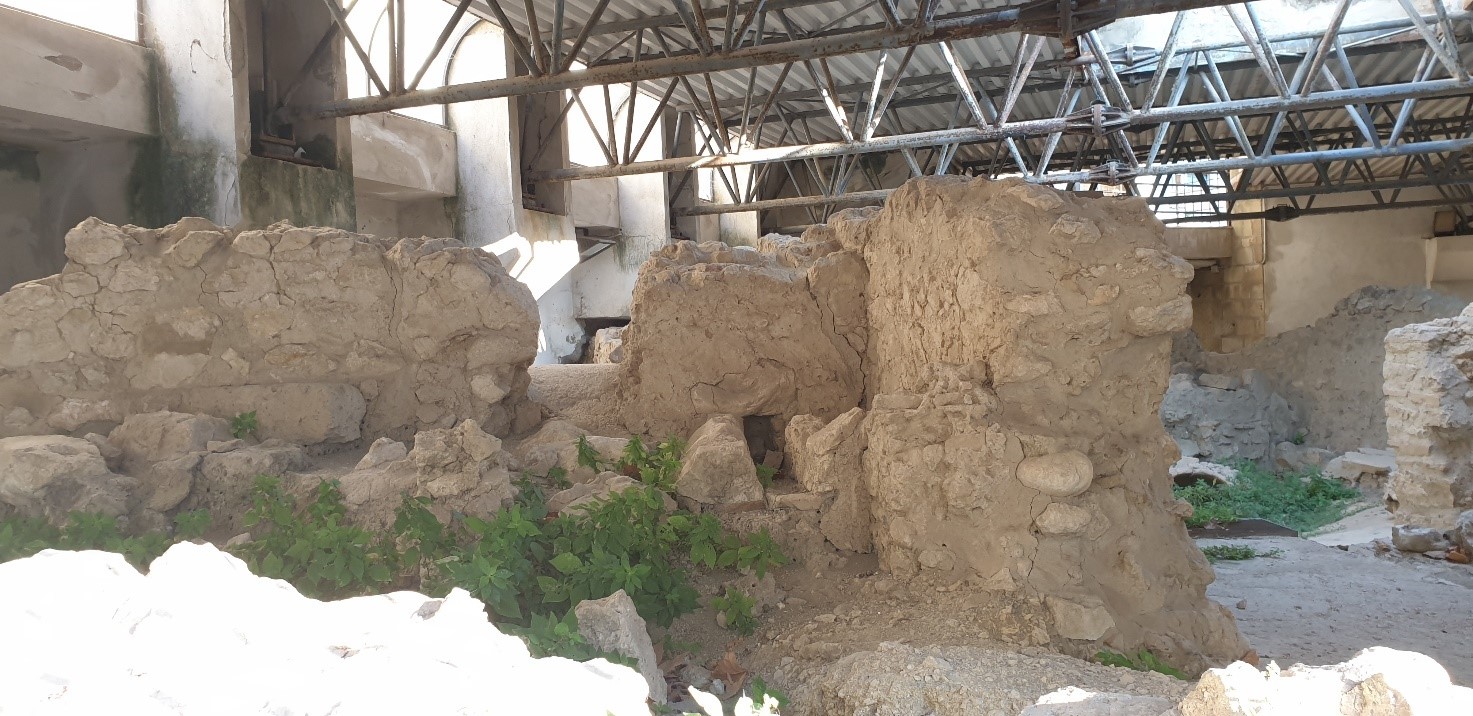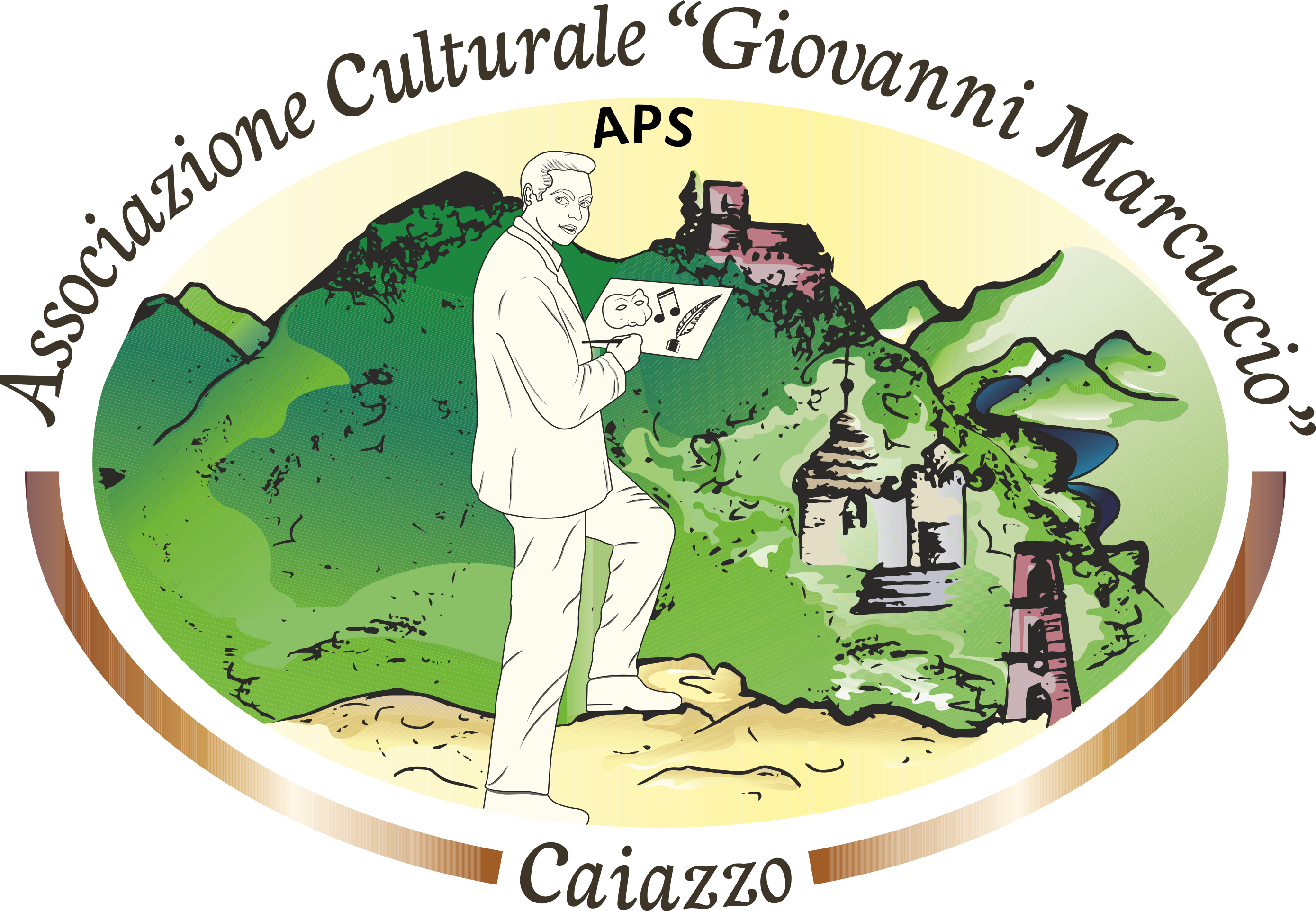Archeological Area Palazzo Mazziotti
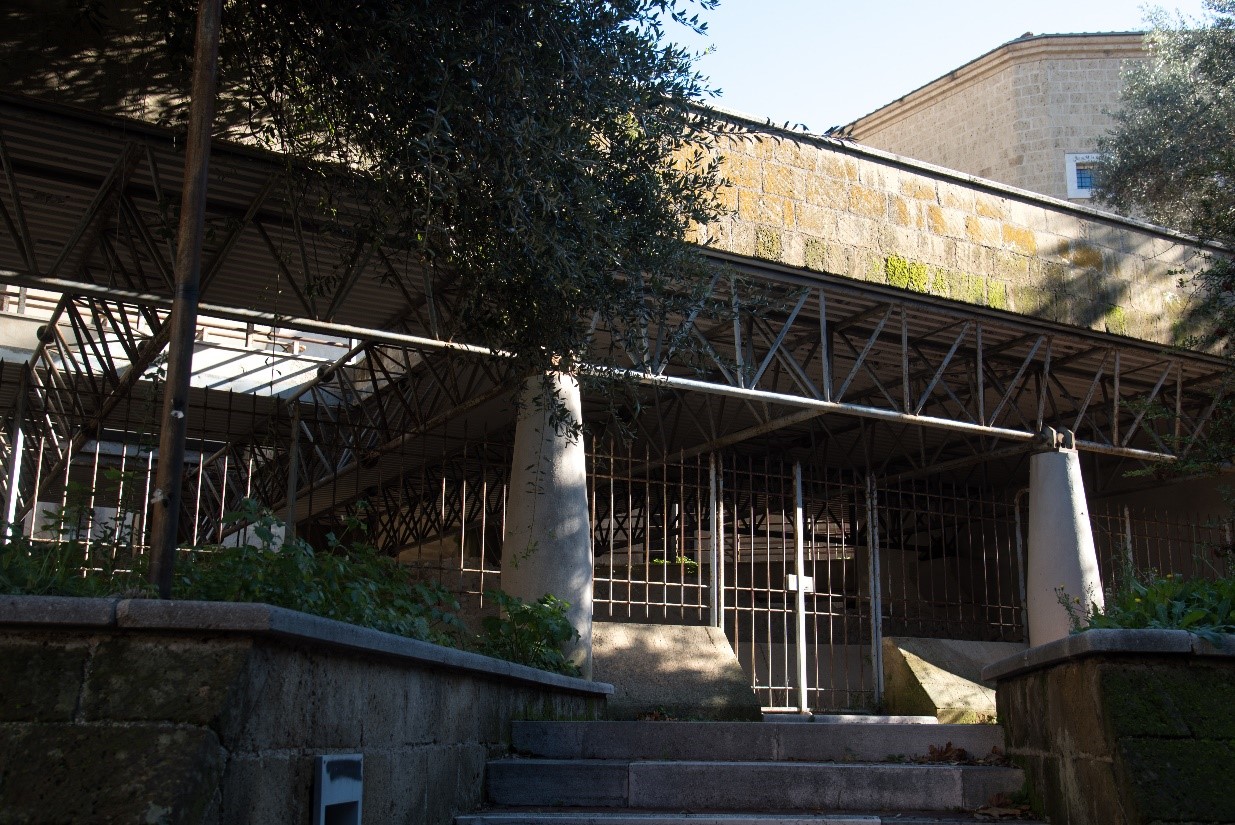
Archeological area
Archeological area PALAZZO MAZZIOTTI
- House late IV-III century A.C. (located around the emerged courtyard)
- House second half of the second century A.C. end of the second century A.D.
- Masonry IV-V century A.D., the most important runs along the road that leads from the Piccolo Teatro Jovinelli on Via Umberto I
- Medieval house (located around the emerged courtyard)
During the restoration of the 90s were found some ancient structures covered with alluvial soil below it emerged a beat dating back to the early imperial age. Under the beaten there was a paelosuolo that returned materials of the late fourth century B.C. and the early imperial age.
The investigated structures belong to different construction phases of the same building dating from the first half of the second century and the first century B.C.
The wall remains identified delimit a courtyard ( at the bottom right if we are at the gate that leads from Palazzo Mazziotti to the archaeological area) and three adjacent rooms with structures made by uncertain work of limestone and mortar, A water channeling plant pertinent to the republican phase was also found.
We then find a system of terracotta pipes that flows into a sewer covered by large limestone blocks that regulated the flow of water contained in two tanks.
One is the well that is inside the courtyard. The water was conveyed to the second cistern, which occupies the paved area below and to the right of the pedestrian crossing. In the south-east corner a latrine has been found whose duct flows into a channel placed at a greater depth. Next to the latrine separated by a partition wall is an ‘larario’, a place that in the Roman house was reserved for domestic worship.
To the south of these environments there was access to a portico of which there are parts of two brick columns and blocks of gray tuff ascribable to the imperial era. Nearby were also recovered remains that attest to the processing of olives in the Roman phase is in fact visible a large mortarium.
To the west of the courtyard develops a wall with a buffered opening and next to it the main sewer lined with tiles. In the late ancient period to the southwest of the structure were used materials to build the walls above perhaps to contain the area or to delimit a road. According to the examination of the remains, it has been thought that the area was inhabited since the fourth century B.C. the paleo soil would indicate the most ancient level of attendance perhaps to be connected to buildings made of perishable materials, such as wood. The next building phase is placed from the second half of the second century B.C. and seems to pertain to an insula more or less comparable to the current neighborhood whose abandonment should have occurred between the end of the first century B.C. and the beginning of the second century B.C.
The other materials found attest to further occupation in late-ancient times until the construction of the current palace when this sector is used as a garden.
The numerous transformations to which the area has been subject have unfortunately greatly altered the archaeological context.
